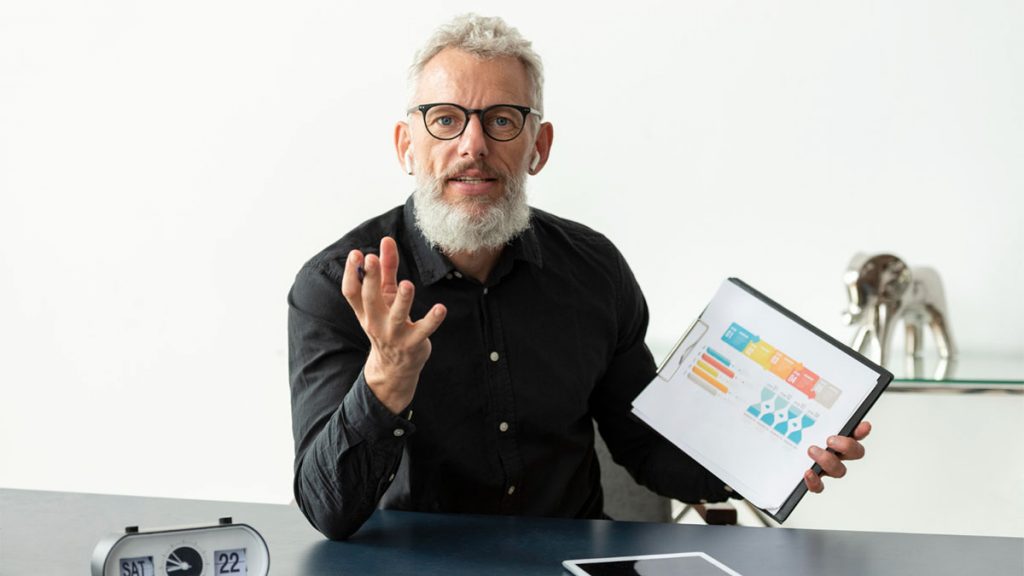Green energy isn’t just a buzzword; it’s our ticket to a cleaner, brighter future. With the planet facing unprecedented challenges, shifting towards renewable energy sources has never been more crucial. It’s about protecting our environment, boosting our economy, and securing a healthier life for everyone. Imagine a world where the air is cleaner, jobs are plentiful, and energy is both affordable and sustainable. That’s the promise of green energy, and here’s why you should consider being a part of this change today.
1. Environmental Benefits
Switching to green energy greatly cuts down on our carbon footprint, helping us fight climate change. Unlike traditional fuels, renewables like wind and solar don’t spew out harmful pollutants. This means cleaner air and water for us and future generations. It’s like choosing a clean house over one filled with smoke. And honestly, who wouldn’t prefer the cleaner option?
2. Economic Growth and Job Creation
Jumping into green energy isn’t just good for the planet; it’s also a boon for the economy. This sector is buzzing with new jobs as demand for clean energy soars. From technicians to engineers, green energy is opening doors for all sorts of professions. It’s an industry that’s growing faster than traditional energy sectors. So, investing in green energy? It’s also investing in people’s livelihoods.
3. Energy Independence
Relying on imported fuels can be risky, subject to political whims and price swings. Green energy offers a ticket out, using resources right from our backyards, like sunshine and wind. This means we can keep our energy dollars local and make our economy more resilient. Plus, it’s a step towards self-reliance, reducing our dependence on the global oil and gas roller coaster. And who wouldn’t want more stability and control over their energy supply?
4. Technological Innovation
Investing in green energy is like fueling the next wave of tech innovations. It’s an area ripe with potential for breakthroughs that make renewable energy cheaper and more efficient. Every dollar invested sparks new research and development, pushing us closer to energy solutions we can hardly imagine now. This innovation isn’t just exciting; it’s crucial for keeping green energy competitive. It’s about making clean energy not just an option but the best option.
5. Health Benefits
Choosing green energy means choosing a healthier lifestyle for everyone. With fewer pollutants in the air, we can breathe easier and live healthier lives. It’s about reducing those hospital visits for asthma and heart conditions linked to dirty air. Clean energy equals cleaner air, which is something everyone can get behind. So, investing in renewables is also an investment in our health.
6. Long-term Cost Savings
Sure, setting up green energy solutions might seem pricey at first glance. But in the long run, they’re real money-savers, slashing electricity bills and operating costs. As technology advances, the cost of going green is dropping fast. Imagine generating your own power with solar panels and watching your utility bills plummet. It’s an investment that pays off, not just for the planet but for your wallet, too.
7. Increasing Consumer Demand
People are shouting louder for sustainable options, and businesses are listening. Investing in green energy now means staying ahead in a market that increasingly values eco-friendliness. It’s about attracting customers who care deeply about the planet. This shift isn’t just a passing trend; it’s the future of consumer preferences. Being part of this movement can set you apart in the best way possible.
8. Government Incentives and Support
Governments worldwide are rolling out the red carpet for green energy investments. From tax breaks to grants, a buffet of incentives makes going green financially attractive. These incentives are like a helping hand, reducing the cost and risk of investing in renewable energy. It’s a win-win, supporting your green journey while accelerating the shift to clean energy. And who doesn’t love a good deal, especially when it benefits the planet?
9. Corporate Responsibility and Brand Image
Investing in green energy isn’t just about doing good; it’s about looking good too. Companies that embrace renewables are seen as leaders and innovators. This commitment can significantly boost your brand image and appeal to environmentally conscious consumers. It’s about showing the world that you’re not just in it for the profit but also for the greater good. And in today’s world, that’s a powerful message.
10. Risk Management
Sticking with fossil fuels is becoming risky with volatile prices and regulatory changes. Green energy offers a safer path with more predictable costs and less exposure to global oil and gas shocks. It’s about protecting your investments from the unpredictability of fossil fuel markets. Plus, green energy puts you ahead of the curve, moving the world towards stricter environmental regulations. Investing in renewables is like choosing a steady ship in the stormy sea of energy markets.
11. Investment Opportunities
The green energy sector is bursting with investment opportunities, from stocks in solar companies to bonds in wind farms. There’s a whole spectrum of ways to get involved, suitable for every risk appetite and investment size. These opportunities aren’t just good for the planet; they’re showing promising returns too. It’s a chance to be part of the energy revolution and potentially profit from it. So why not put your money where your heart is?
12. Global Leadership
By going green, you’re not just making a local impact but joining a global movement. It’s about setting an example and leading the charge in the global fight against climate change. This leadership can inspire others to follow suit, multiplying the impact of your investment. It’s a way to leave a mark on the world, showing that you’re part of the solution. And in today’s interconnected world, that kind of leadership is more valuable than ever.
13. Protection of Natural Resources
Every watt of power generated from renewables is a step towards preserving our precious natural resources. It’s about using what we have abundantly (like the sun and wind) and saving what we have in limited supply (like oil and coal). This shift can help protect biodiversity and ecosystems, ensuring they’re around for future generations to enjoy. It’s a respectful nod to the planet that sustains us, acknowledging that its resources aren’t infinite. And caring for our home is perhaps the most fundamental reason to invest in green energy.
14. Community Benefits
Green energy projects often bring more than just power to local communities; they bring hope and opportunity. They can drive local economic growth, create jobs, and lower energy costs. Plus, they often come with infrastructure improvements that benefit everyone. It’s about strengthening communities and making them more self-sufficient and resilient. Investing in green energy is investing in the well-being of communities around the world.
15. Legacy for Future Generations
Choosing green energy is about more than just today; it’s about securing a livable, thriving planet for future generations. It’s a way to ensure that our children and their children inherit a world that’s not just surviving but flourishing. By investing in green energy, you’re leaving a legacy of care, foresight, and responsibility. It’s about making a decision today that will echo positively for decades to come. And really, what could be more important than that?



